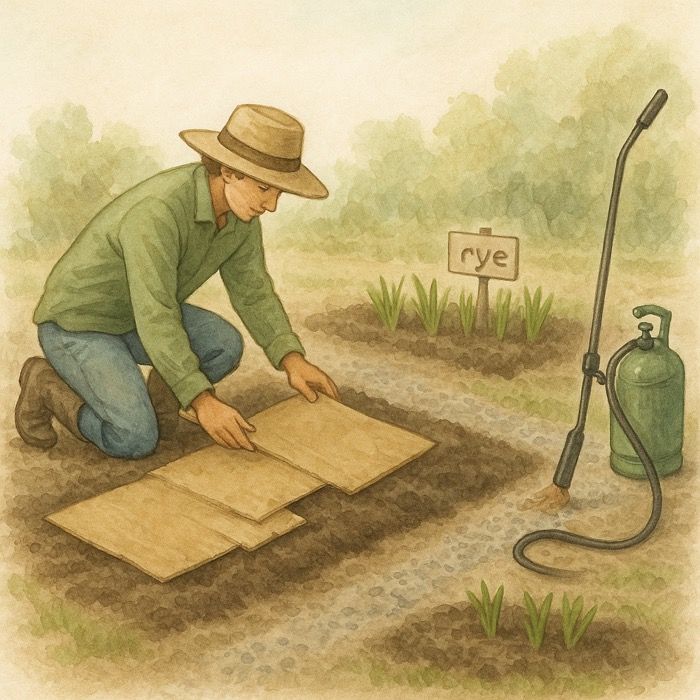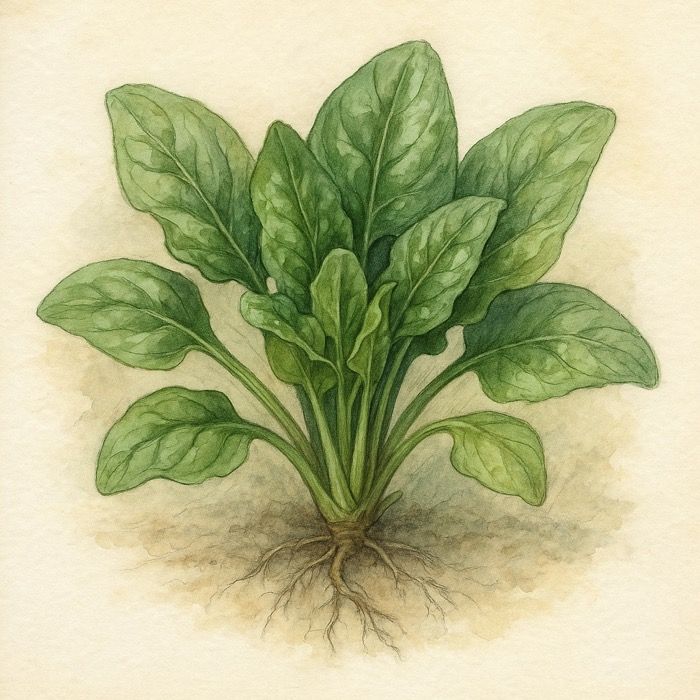How to Properly Plant a Tree – A Step-by-Step Guide for Successful Growth
Steps to give your new trees a head start
Planting a tree might seem straightforward, but doing it correctly ensures the tree’s health and stability for years to come. Whether you’re a seasoned gardener or a beginner, this guide will help you understand the best practices for planting a tree properly.
Why Proper Tree Planting Matters
Properly planting a tree is crucial for several reasons-
- Healthy Root Development – Ensures the tree can absorb nutrients and water efficiently.
- Structural Stability – Prevents the tree from toppling in strong winds.
- Disease Prevention – Reduces the risk of root and trunk diseases.
- Optimal Growth – Promotes faster and more robust growth.

Step-by-Step Guide to Planting a Tree
1. Choose the Right Tree for Your Location
Before you start digging, select a tree species that is well-suited to your local climate, soil type, and available space. Consider factors like sunlight, water needs, and mature size.
2. Prepare the Planting Site
Location – Choose a spot with enough space for the tree to grow to its mature size. Ensure it’s away from power lines, buildings, and other structures.
Soil – Test the soil pH and nutrient levels. Most trees prefer well-drained soil rich in organic matter.
3. Dig the Planting Hole
Size – Dig a hole that is as deep as the tree’s root ball and at least twice as wide. A wider hole allows roots to spread easily.
Shape – Make the sides of the hole sloping rather than vertical to encourage outward root growth.
4. Inspect the Root Ball
Remove the tree from its container or burlap wrapping and inspect the roots. If they are circling or tangled, gently tease them apart. Trim any damaged or excessively long roots.
Master Gardener Tip: When planting a tree, proper root preparation is crucial for its long-term health and stability. Start by inspecting the root system as you remove the tree from its container. Gently tease apart any circling or densely packed roots to encourage outward growth, which helps prevent girdling and promotes stronger root establishment. Trim any damaged, broken, or excessively long roots with clean, sharp pruning shears. This simple step ensures that the tree’s roots can spread efficiently and anchor well into the soil, setting the stage for vigorous growth and a healthy, thriving tree.
5. Position the Tree
Place the tree in the hole, ensuring the root flare (where the roots meet the trunk) is at or slightly above ground level. The root flare should be visible to prevent root suffocation and other issues.
6. Backfill the Hole
Fill the hole with the same soil you removed, breaking up clumps and removing rocks. Do not add soil amendments like compost or peat moss directly into the hole, as this can create a “pot effect” and restrict root growth.
7. Water Thoroughly
After backfilling, water the tree thoroughly to help settle the soil and eliminate air pockets. Ensure the water reaches the root zone.
8. Mulch the Base
Apply a 2-4 inch layer of mulch around the base of the tree, extending to the drip line but not touching the trunk. Mulch helps retain moisture, suppress weeds, and regulate soil temperature.
9. Staking (If Necessary)
Most trees do not need staking, but if the tree is in a windy area or has a weak trunk, you may need to stake it temporarily. Use soft, flexible ties and remove the stakes after one growing season.
10. Water Regularly
Water the tree regularly, especially during the first two years as it establishes its roots. Deep, infrequent watering is better than frequent, shallow watering. Adjust based on rainfall and soil moisture levels.
Common Mistakes to Avoid
- Planting Too Deep – Burying the root flare can lead to root suffocation and trunk rot.
- Overwatering or Underwatering – Both can stress the tree and hinder growth.
- Improper Mulching – Mulch should not touch the trunk as it can cause rot.
- Neglecting to Prune – Remove damaged or diseased branches to promote healthy growth.
Conclusion
Planting a tree correctly is an investment in your garden’s future. By following these steps, you’ll help ensure your tree grows strong and healthy, providing beauty, shade, and ecological benefits for years to come. Happy planting!
For more gardening tips and tricks, subscribe to our blog and join our community of passionate gardeners.
More From Our Master Gardener
Recent Posts

5 Unexpected Winter Weed Control Strategies (That Don’t Involve Mulch)

Harnessing Winter Sun – Passive Solar Tricks for Your Garden

How to Grow Spinach – The Ultimate Beginner’s Guide for Tender, Nutritious Leaves

How to Grow Peas: The Ultimate Beginner’s Guide for Sweet, Crisp Harvests

How to Propagate and Dig Up Calla Lilies – A Step-by-Step Guide














